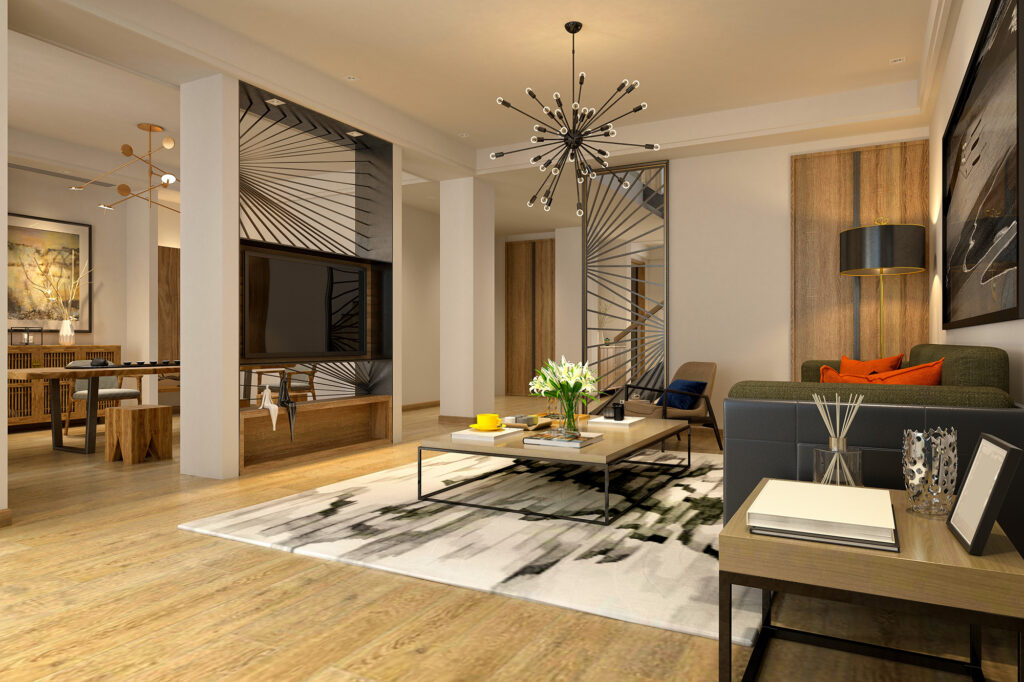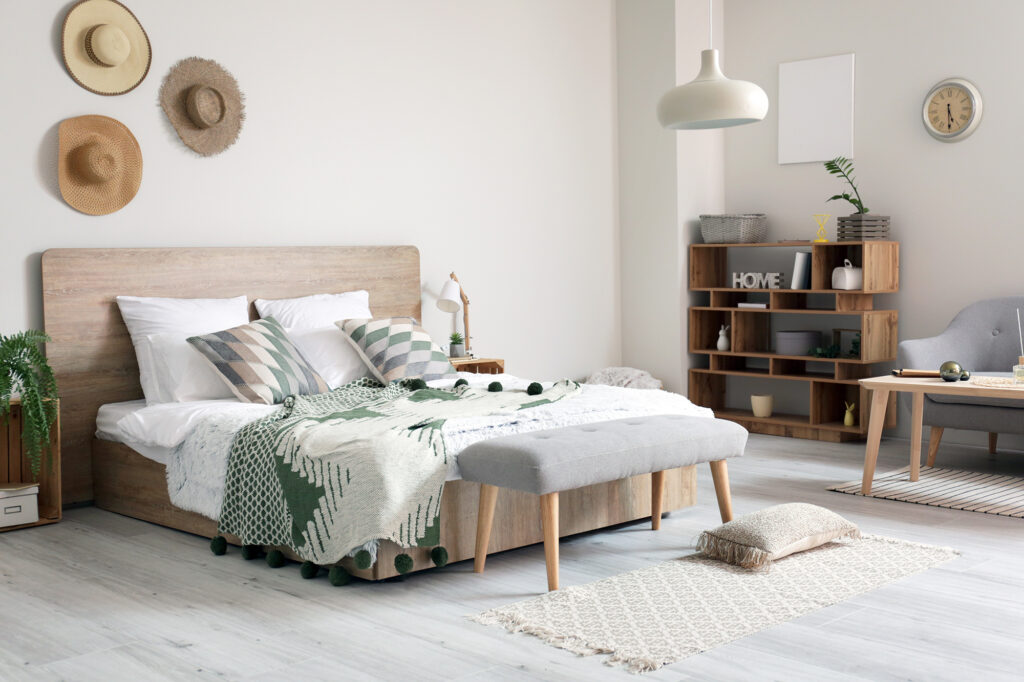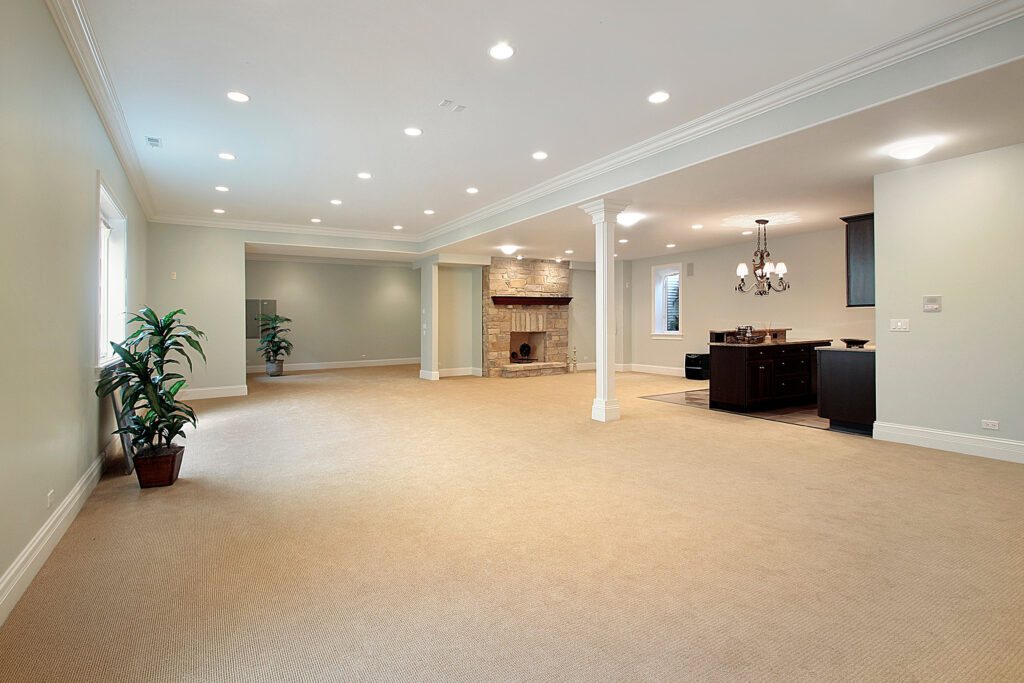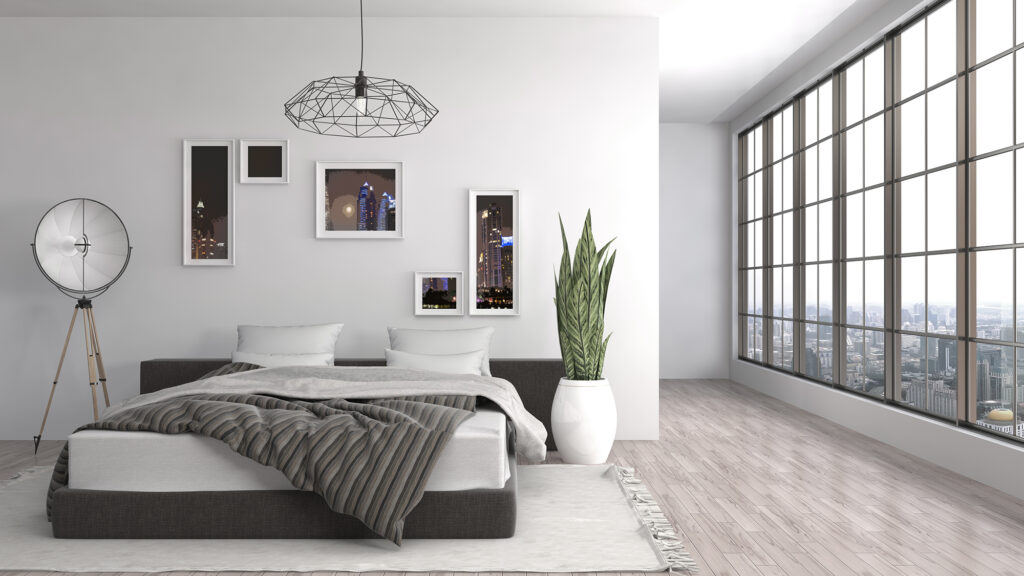Blog
Sustainable Comfort: Exploring Eco-Friendly Carpet Options for BC Homes
As British Columbians, our connection to the natural environment is a defining part of our identity. From the rugged coastlines of Vancouver Island to the interior forests of Kelowna, we value the beauty of our landscape. This environmental consciousness is increasingly influencing how we design our homes. At Jordans Flooring, we have seen a significant…
Read MoreThe Core of Durability: Understanding Laminate’s HDF Rating
Laminate flooring has become a staple of Canadian homes because it offers the stunning look of hardwood with a level of durability that is hard to beat. However, not all laminate is created equal. While the top wear layer protects against scratches, the true strength of the plank lies beneath the surface in the High-Density…
Read MoreThe Durability Factor: Understanding Carpet Density and Twist Rate
When you walk through a Jordans Flooring showroom in Calgary or Coquitlam, you are surrounded by hundreds of beautiful textures and colors. While the “hand-feel” of a carpet is important, the true measure of how that carpet will look in five years lies in its technical specifications. To ensure you select a carpet engineered to…
Read MoreFixing Wear & Tear: Your Simple Guide to Carpet Repair and Spot Treatment
A high-quality carpet is a significant investment in your home’s comfort and aesthetic. However, life happens. Whether it’s a spilled glass of Okanagan red wine during a dinner party or a muddy paw print in an Abbotsford entryway, wear and tear are inevitable. The key to a long-lasting carpet isn’t preventing every accident; it’s knowing…
Read MoreSoundproof Your Space: Mastering Laminate in Multi-Level BC Homes
Living in the vibrant urban centers of Vancouver or Burnaby often means embracing the vertical lifestyle of condominiums and townhomes. While multi-level living offers spectacular views and proximity to city amenities, it also introduces a unique challenge: acoustic management. At Jordans Flooring, we understand that a beautiful laminate floor should be seen and not heard…
Read MoreLaminate’s Longevity: Maximizing the Life of Your Flooring Investment
Laminate flooring is a popular choice across Western Canada, from Vancouver to Calgary, due to its affordability, style variety, and impressive durability. However, the lifespan of this investment which can range from 15 to 30 years is not determined solely by its initial quality, but by the ongoing care and preventative maintenance it receives. Maximizing…
Read MoreLight or Dark Laminate: Choosing the Right Tone for Your Natural Light
The color of your laminate flooring whether you choose a light, airy oak or a deep, dramatic walnut plays a huge role in how the space feels and how natural light is utilized in your Western Canada home. The amount of natural light a room receives directly affects the perception of flooring color. We explain…
Read MoreBeyond Beige: Using Bold Carpet Colors as a Design Feature
While neutral tones are always popular, confidently incorporating a bold carpet color is a powerful design choice that can instantly transform a room from ordinary to striking. Utilizing saturated and textured carpets like deep charcoals, rich blues, or earthy greens allows the floor to function as a visual feature rather than just a backdrop. We…
Read MoreCarpet Installation Secrets: Ensuring a Flawless, Long-Lasting Finish
A high-quality carpet starts with a high-quality product, but its longevity and appearance are entirely dependent on a professional installation. The secrets to ensuring a flawless, long-lasting finish lie in several technical steps that distinguish expert work from amateur attempts. This includes proper seam placement, using a power stretcher to prevent bubbling and wrinkling, and…
Read MoreMatching Carpet Styles to Your Western Canada Home
In the diverse architectural landscape of Western Canada, from the sleek, minimalist high-rises of Vancouver and Burnaby to the cozy, timber-framed cabins of Kelowna and Red Deer, your carpet choice must complement the home’s unique style and regional aesthetic. Selecting the perfect carpet is about more than just color; it’s about matching the style and…
Read More










